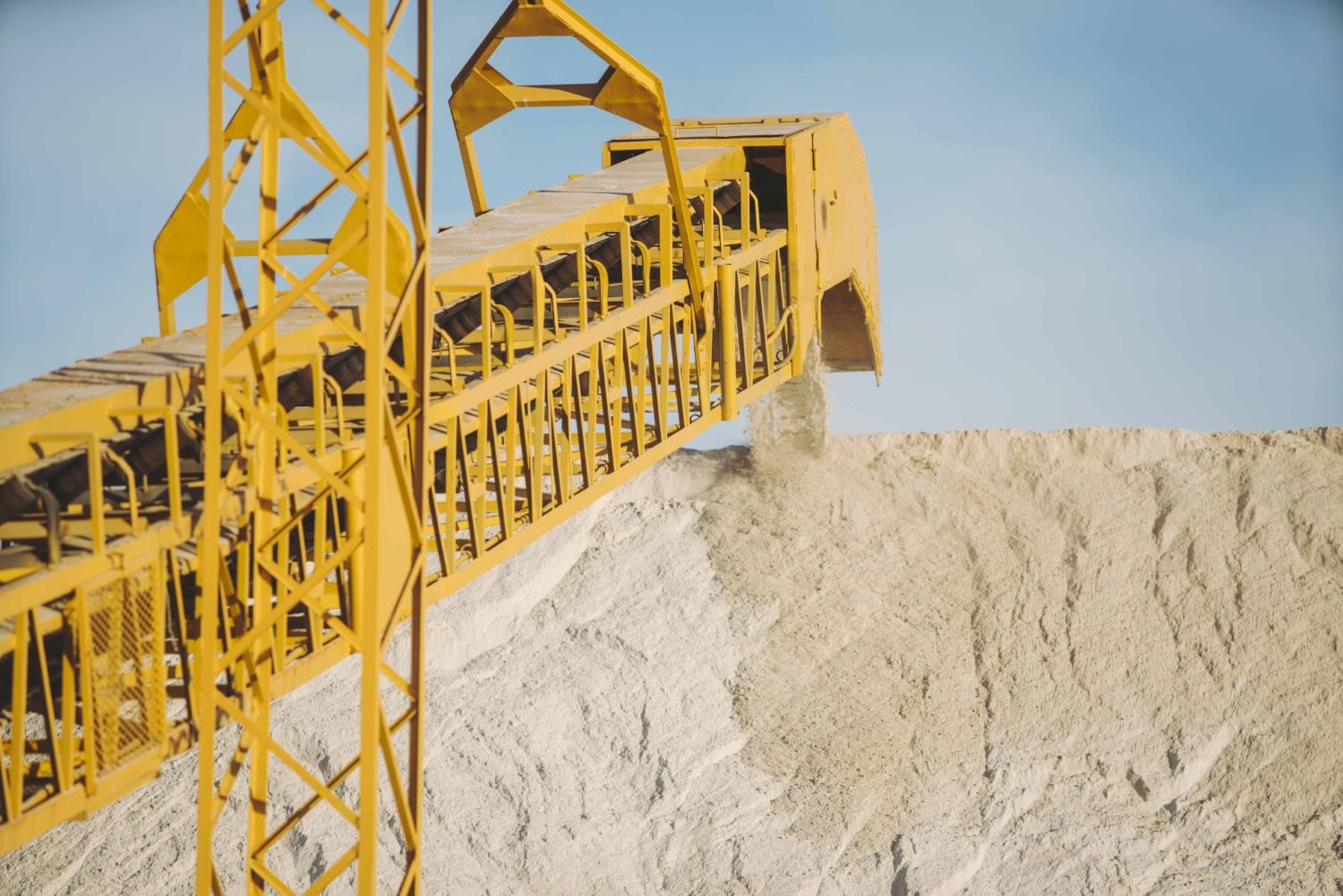By Daniel Terry, Regional Sales Manager
There has been a lot of talk lately regarding Gypsum. It has been referred to as high-grade and low-grade Gypsum. After consulting with many labs and specialists in the field I have come to the realization that describing Gypsum by “grade” solely is highly is misleading to the grower. The common reference to “grade” describes the percentage of Gypsum in a product, or better stated, how many pounds of Gypsum are in one ton of product. What is often not disclosed or inaccurate, but critical to the grower, is whether that product is an Anhydrite or Dihydrate material. Additionally, a product that is referred to as “high-grade” is more often than not either purely Anhydrite or mostly Anhydrite. Why does this matter?
True “Gypsum” is a Dihydrate material. Chemically it looks like this: CaSo4•2H2O. The two water molecules attached to the Calcium Sulfate make the material up to 75% more soluble than an Anhydrite material.
Anhydrite’s chemical equation looks like this: CaSo4. It is still a form of Calcium Sulfate, but you will only expect around a 25% break down in the first year of use. This material is classified solely as Calcium Sulfate and isn’t and shouldn’t be called Gypsum, although many times it is inaccurately called Gypsum.
Each material has its place, and we can help determine which is best for the grower by evaluating if the soil conditions, and the grower’s budget and ROI, benefit more from having the positive aspects of the material (adding pH neutral calcium, ameliorating clay soils, and leaching away salts from the root zone) now or later. If we need the material now, we would recommend true Gypsum, aka Dihydrate, because of the quick solubility rate leading a larger impact this season. However, if the grower can wait over a longer time period to receive the benefit, we may recommend an Anhydrite material and wait for the breakdown of the product. Sometimes a blend of both Dihydrate and Anhydrite could be the most beneficial to the grower giving an instant impact of the Dihydrate and an extended release of the Anhydrite.
Equally important to the grower is determining the cost per unit of like materials by taking the delivered price and dividing by the pounds per ton to determine the most cost-effective percentage material to use. It looks like this:
| 55% Gypsum | 95% Gypsum |
|---|---|
| Delivered Price: $28 | Delivered Price: $67 |
| Pounds Per Ton: 1100 | Pounds Per Ton: 1900 |
| Cost Per Unit: $28/1100= $.025 | Cost Per Unit: $67/1900= $.035 |
In this situation the lower percentage is cheaper than the higher percentage, but that might not always be the case. In some instances, if the hauling rates increase the lower percentage becomes too expensive and the higher percentage material will become cheaper. CRITICALLY, make sure you are looking apples to apples on the price comparison- two tons of a 55% Dihydrate compared to one ton of 95% Anhydrite will have two very different effects on your soil. Don’t be fooled by someone selling the concept of “high-grade” alone. Understanding what you are actually buying combined with a little bit of math and analysis can be the difference between a highly successful amendment application and putting money into your soil that does not achieve the desired return on investment.
Join Over 800 Companies Using Holloway Today.
Or Become Part of The Holloway Group to Further Your Career.


